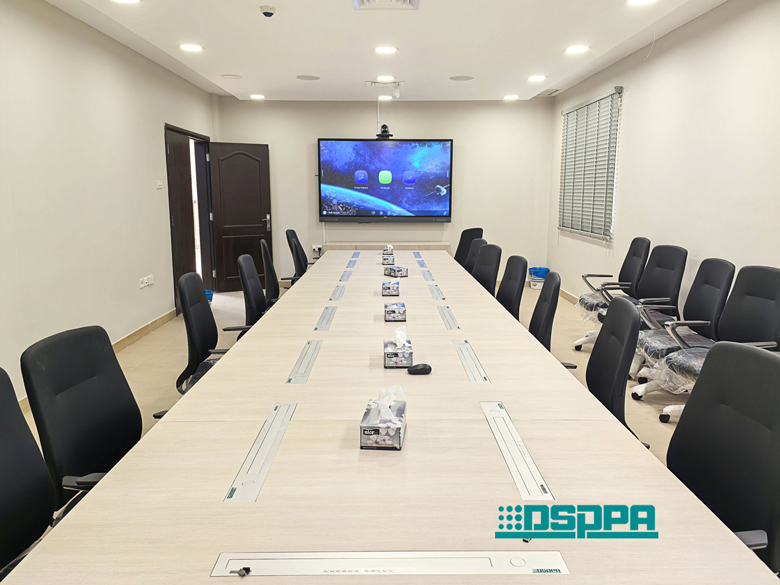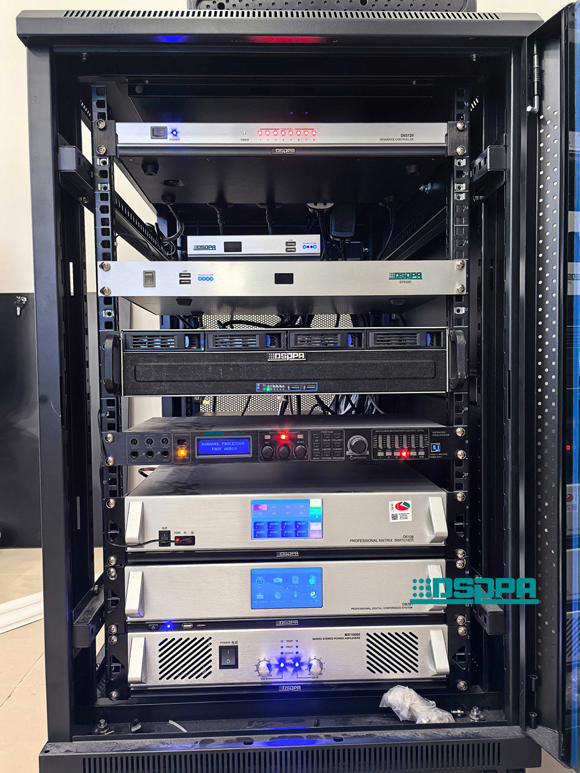
In the field of paperless meetings, the paperless conference system stands out with its excellent performance and rich features. Among them, the meeting material reading function, as one of the most original functions of the system, lays a solid foundation for efficient meetings.

In traditional meetings, participants often need to spend time organizing and carrying a large number of paper materials before the meeting, which is not only troublesome but also prone to omissions or losses. The paperless conference system has completely changed this situation. Participants can easily access meeting materials through the system before the meeting. As long as they have a device with an internet connection, such as a tablet or an all-in-one lift screen device, they can download and view meeting materials anytime and anywhere.
The paperless conference system provides a comfortable reading experience through its meeting material reading function. Compared with paper materials, touch screens can be zoomed in and out with gestures to adapt to different reading environments and personal needs. At the same time, electronic reading avoids problems such as glare and blurred handwriting that paper materials may cause, making reading easier.
Moreover, the paperless conference system supports both horizontal and vertical reading, meeting the reading habits of different users. Whether participants are accustomed to horizontal browsing or vertical reading, they can find the most comfortable reading method in the paperless conference system.

During the process of reading meeting materials, participants often need to annotate and comment on important content for discussion and communication in the meeting. The meeting material reading function of the multimedia conference system fully considers this need and provides convenient annotation and commenting tools.
Participants can use an electronic pen or finger to annotate on the screen, such as highlighting key points and circling crucial information. In addition, they can add text comments to record their thoughts and opinions. These annotations and comments are saved in real-time and can be shared with other participants during the meeting, promoting the exchange and collision of ideas and improving the efficiency and quality of the meeting.
Furthermore, the annotated materials can be downloaded and saved, allowing participants to review and organize them after the meeting. This function is especially important for participants who need to conduct in-depth research on the meeting content. They can view their annotations anytime to further think about and analyze the issues discussed in the meeting.
The meeting material reading function of the paperless conference system also has security and environmental advantages. In traditional meetings, paper materials are easily lost or leaked, posing certain security risks. The paperless conference system ensures the security and confidentiality of meeting materials through encryption technology and permission management. Only authorized participants can access and read the meeting materials, effectively preventing information leakage.
At the same time, paperless meetings reduce the demand for paper, lower energy consumption, and reduce environmental pollution, meeting modern society's requirements for environmental protection.

The paperless conference system from DSPPA conference system manufacturer also supports the retrieval and viewing of historical meeting records. Participants can easily search for past meeting materials in the system to review historical decisions and discussion content. This is very convenient for participants who need to refer to previous meeting materials, as they can quickly locate the information they need, improving work efficiency.
In summary, the meeting material reading function of the paperless conference system, as one of its most original features, offers many advantages including convenient material access, a comfortable reading experience, efficient annotation and commenting, security and environmental benefits, and historical meeting record retrieval and viewing. It lays the foundation for the development of the paperless conference system and provides strong support for the efficient conduct of modern meetings.